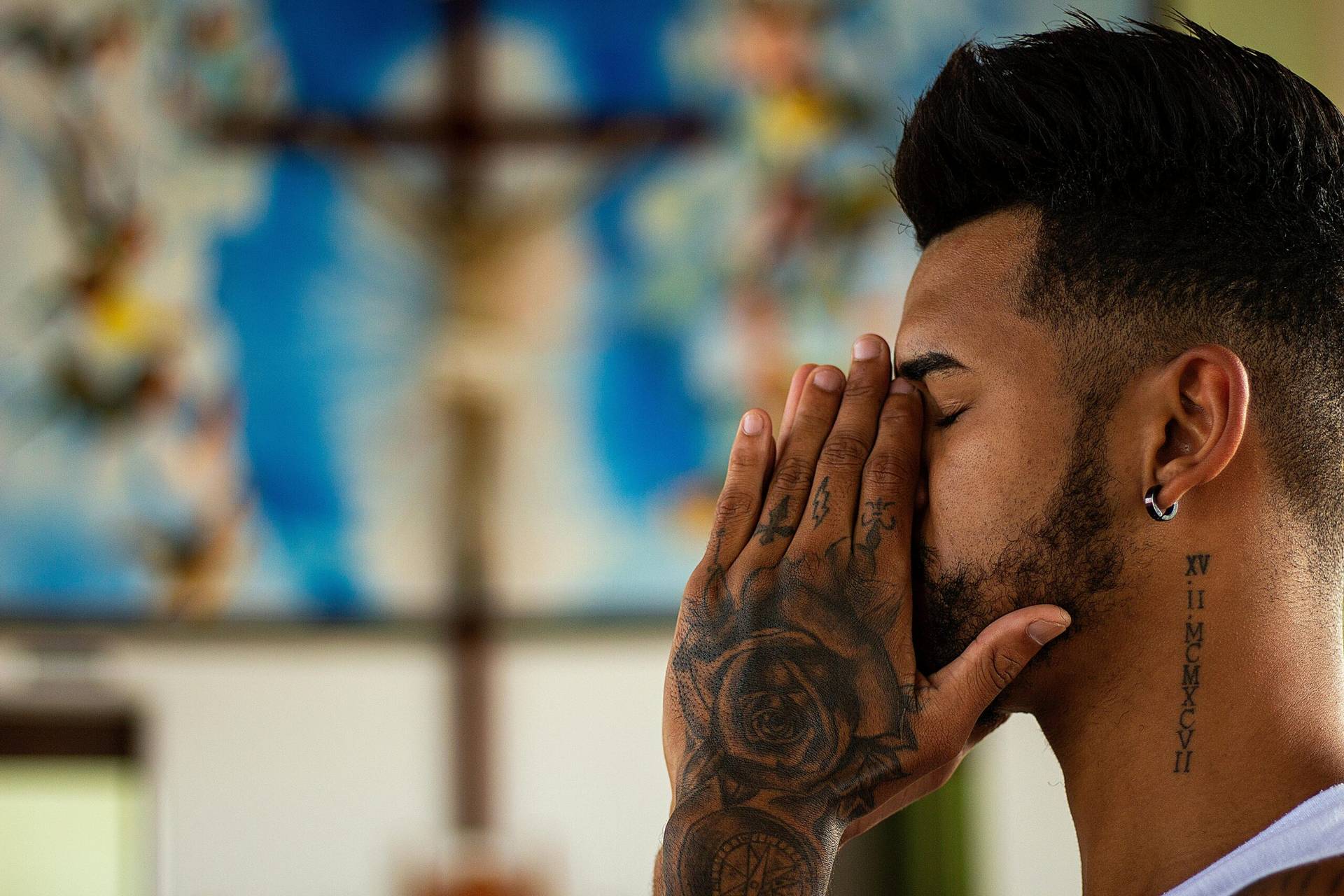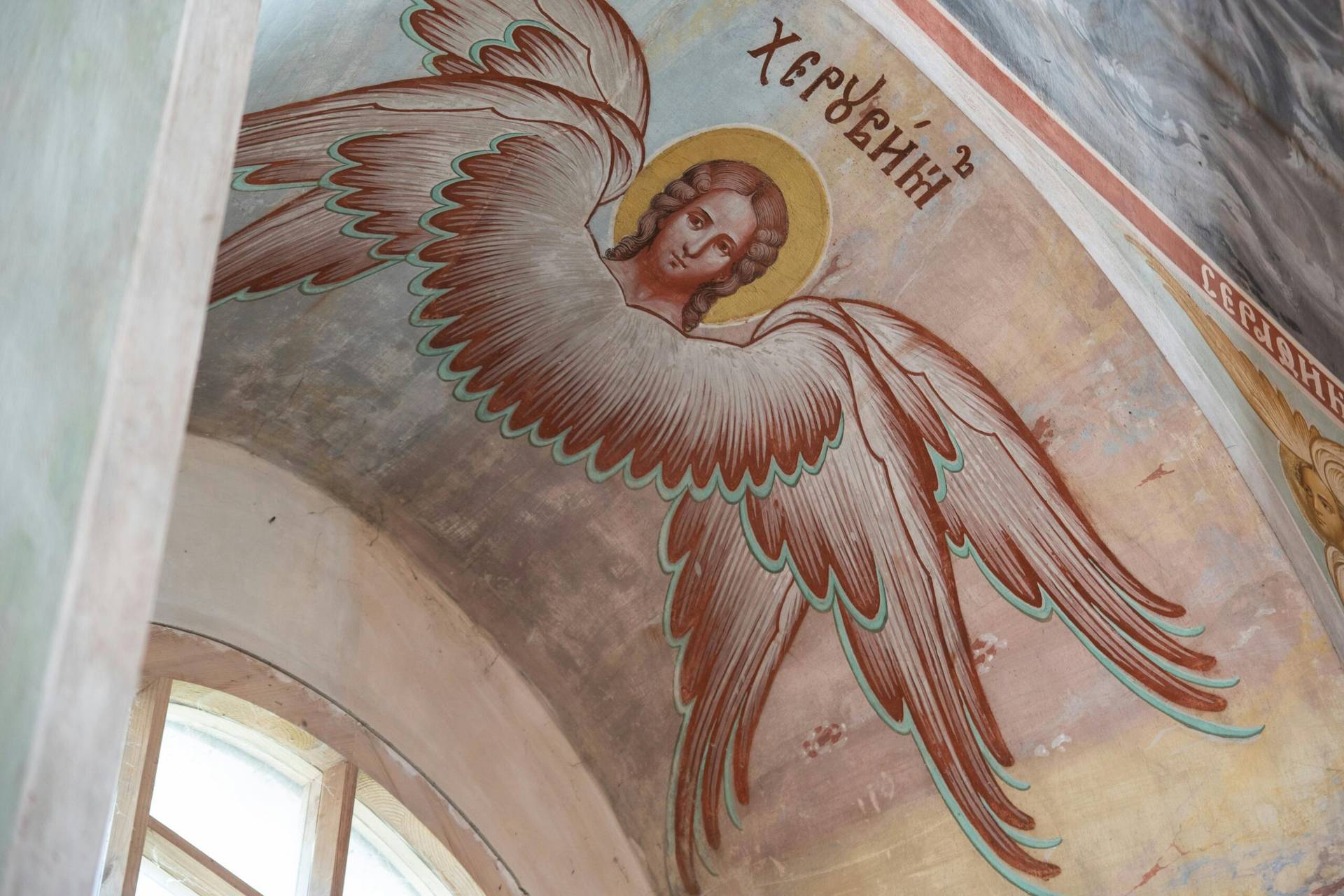The high feast day of the Immaculate Conception is usually on the eighth of December. Every several years, however, the Second Sunday of Advent falls on the solemnity’s usual day, and so – showing the preeminence of Sunday – the Immaculate Conception is bumped to the ninth of December. This is the state of affairs this year.
The eighth of December is a Sunday of Advent and so Monday, the ninth of December, is the Immaculate Conception.
Now, other than liturgical trivia, why would such a feast day bump mean anything to the average believer? What lessons could we draw from such a series of events?
The moving of the Immaculate Conception to Monday can actually provide some unexpected peeks into the life and flow of the Church.
First, the pushing of the Immaculate Conception to Monday, reminds us that every Sunday is a little Easter. Baptized Christians are called to worship by sacred obligation on the very day that the Lord Jesus rose from the dead. On the first day of the week, we sacramentally re-live this event by participating in the re-presentation of the Lord’s sacrifice to the Father at Mass. During such a solemn action, we seek the help of God’s grace to live our lives according to the most excellent way of love.
This is what Sunday is all about. And even a high feast day, such as the Immaculate Conception, cannot overshadow this foundational and essential portion of Christian belief and worship. Everything else in the Christian way of life, such as the Immaculate Conception, relies on the spiritual power and effects of the Paschal Mystery, namely, the Lord’s Passion, Death, and Resurrection.
Second, however, are other lessons. Perhaps even messages that discern and bring out shared truths from both the Second Sunday of Advent and the Immaculate Conception.
With this united effort in mind, one of the smaller basilicas of Rome can give us some guidance and help. While not in the first tier of churches for pilgrims, or even the second tier of churches for pilgrims, the humble basilica of Santa Maria in Via is a hidden treasure in the Eternal City. It is a place known for miracles and messages.
The basilica is called the “Lourdes of Rome,” since there is a miraculous spring there. Pilgrims can seek out the healing waters and ask for divine assistance through Mary’s intercession. The house of worship is also the national church of the Ecuadorian people. It’s a smaller church, but a peaceful place.
The church’s name translates to “Holy Mary on the Way.” The “on the way” is a reference to its close proximity to the Via Flaminia, one of the ancient Roman roads that led to and from the city. Theologically, however, the name “on the way” holds biblical significance. The first name given to the disciples of the Lord Jesus was followers “of the Way.” By extension, the basilica is a reminder to us of Mary’s presence and assistance to us as we follow the Way.
The Lord identified himself as the Way, and Saint Augustine taught us that the Lord Jesus loved us so much that he not only made himself our eternal Home, but also made himself the Way to our everlasting home. Such a teaching is at the heart of the Advent season, as we prepare in many ways to meet the Lord and faithfully follow him.
As his disciples, we are called to follow the Lord Jesus in the way of love that he modeled for us. As such, we are called to worship God in spirit and in truth, to love our enemies, care for the sick, respect our bodies and those of others, go the extra mile in selfless service, advocate for the vulnerable and forgotten, and be a true brother and sister to all men and women.
Recommitting ourselves to this task is the mission of the Advent season. It’s about repentance, conversion, and resolution of amendment. Advent is about seeking ways in which we can better love and serve the Lord Jesus.
And no one loved or served the Lord better than Mary, his Mother and First Disciple. She had no sin from the moment of her conception, and so followed him on his way. Today, Mary desires to accompany us on our way.
The church of Holy Mary on the Way reminds us of the shared lessons contained in Advent and in the Immaculate Conception: We are called to follow the Way of the Lord Jesus and prepare to meet him. Mary is the exemplar of that preparation and she greatly desires to help us and encourage us along the way.
Follow Father Jeffrey Kirby on Twitter: @fatherkirby
Crux is dedicated to smart, wired and independent reporting on the Vatican and worldwide Catholic Church. That kind of reporting doesn’t come cheap, and we need your support. You can help Crux by giving a small amount monthly, or with a onetime gift. Please remember, Crux is a for-profit organization, so contributions are not tax-deductible.















